
This winter, record low temperatures have been seen across the United States, along with snowstorm Hercules dumping nearly two feet of snow in some areas in the Northeast in early January. This weather has given climate change deniers “evidence” to support their claim that climate change, specifically global warming, doesn’t exist.
Unfortunately, their evidence isn’t actually evidence; it’s anecdotal. Weather and climate change are not the same. It is not logical to justify the non-existence of global warming by saying, “the weather is cold in winter, therefore the earth is not getting warmer.” Climate change is detected by studying patterns and trends over periods of time. Singular events are insufficient to either prove or disprove it.
Also, thanks to earth’s tilted axis, seasons do exist. Global warming is not equivalent to an earth in a suspended state of summer. And though we have seen instances of record-low temperatures this winter, a February 2013 Climate Central report shows that across the U.S. since the 1970s, winters have, in fact, been getting warmer over time.
The frigid temperatures some areas of the U.S. have been experiencing can be explained by what’s called a “polar vortex,” which sounds like a cool “Star Wars” planet Hoth thing, but it’s not, and despite its dangerous-sounding name, it’s pretty simple to understand.
According to meteorologists speaking to the Los Angeles Times, the polar vortex is a “huge mass of arctic air [that] has slipped away from the North Pole, settled over the U.S. and made everything really, really cold.” Usually, masses of arctic air are held in to either the North or South Pole by jet streams; this particular polar vortex detached from above the North Pole and made its way southward. Ryan Maue, a Florida-based meteorologist, told the L.A. Times that the polar vortex is “a normal feature that’s part of the polar climate.”
Despite the scientific explanations for the cold temperatures, the reasoning that “global warming isn’t real because weather happens” is persistent and it’s used by many influential people to serve their false sense of accuracy in the climate change debate. By influential, I don’t only mean Donald Trump (though I do believe his prominence in pop culture does not help the climate change cause) – I’m talking our very own representatives in Congress. Recently, Louisiana Congressman John Fleming tweeted out a CBS News link to an article about the recent record-low temperatures, along with his own personal message, “‘Global Warming’ isn’t so warm these days.” Clever.
Rep. Fleming isn’t the only person in Congress denying the science behind climate change. The organization Think Progress has an interactive map of the U.S. detailing all of the Congressional climate change deniers in each state – who are entirely Republican.
I think it’s important to point out that these representatives are the same people who believe the United States should be a global leader, a place other countries should look to as a shining example of success, a model for the rest of the world. But the country Congressional climate change deniers want the United States to be, one where they’ll gladly accept millions of dollars from the fossil fuel industry and deny the science behind global warming, is a frighteningly terrible example for the rest of the world.
President Obama, who has on multiple occasions voiced his support for fighting climate change, looked to place the U.S. at the forefront of efforts to reduce global gas emissions at the start of his first term as president, hoping other countries would follow the lead. His goal was a global treaty similar to (but better than) the 1997 Kyoto Protocol.
The Kyoto Protocol is a global treaty that set targets for curbing greenhouse gas emissions in each country that signed on and was widely seen as “badly flawed,” according to The New York Times. Many countries who signed it didn’t take it seriously and didn’t meet the requested emission targets. The U.S. didn’t even ratify it. The lesson here, says Bill McKibben of environmental organization 350.org, is that “if the U.S. isn’t taking it seriously, there is no reason for anyone else to.” President Obama’s 2009 attempt at a treaty that sought other countries to agree to reduce emissions failed to result in any “legally binding commitments,” according to The New York Times.
So how do we stop the culture of climate change deniers from globally spreading dangerous misinformation? If there’s an answer to that question, it’s probably already being done. Education seems to be the best bet; it’s undoubtedly important that we teach children (and everyone, for that matter) the urgency of climate change.
It also helps to drown out the noise. The L.A. Times recently stopped accepting letters for publication from climate change deniers. Their letters editor Paul Thornton explained in an editor’s note, “Letters that have an untrue basis (for example, ones that say there’s no sign humans have caused climate change) do not get printed.”
This is because, for them, the debate is no longer. Climate scientists are 95 percent certain that global warming exists and that it is man-made threat (though it doesn’t seem high enough to some, 95 percent is generally considered the gold standard for certainty in science). And 97 percent of climate scientists are at a consensus that “climate-warming trends over the past century are very likely due to human activities,” according to NASA’s global climate change web page.
These are the facts. And yet we live in a reality where people genuinely believe that a boat carrying climate scientists that got stuck in a piece of arctic ice — which probably broke off precisely because of global warming — proves that global warming doesn’t exist. If climate change deniers have resorted to this type of reasoning in an attempt to prove the unprovable, hopefully it signifies an inevitable end to their culture of denial.
Jillian Correira is a Collegian columnist and can be reached at [email protected].


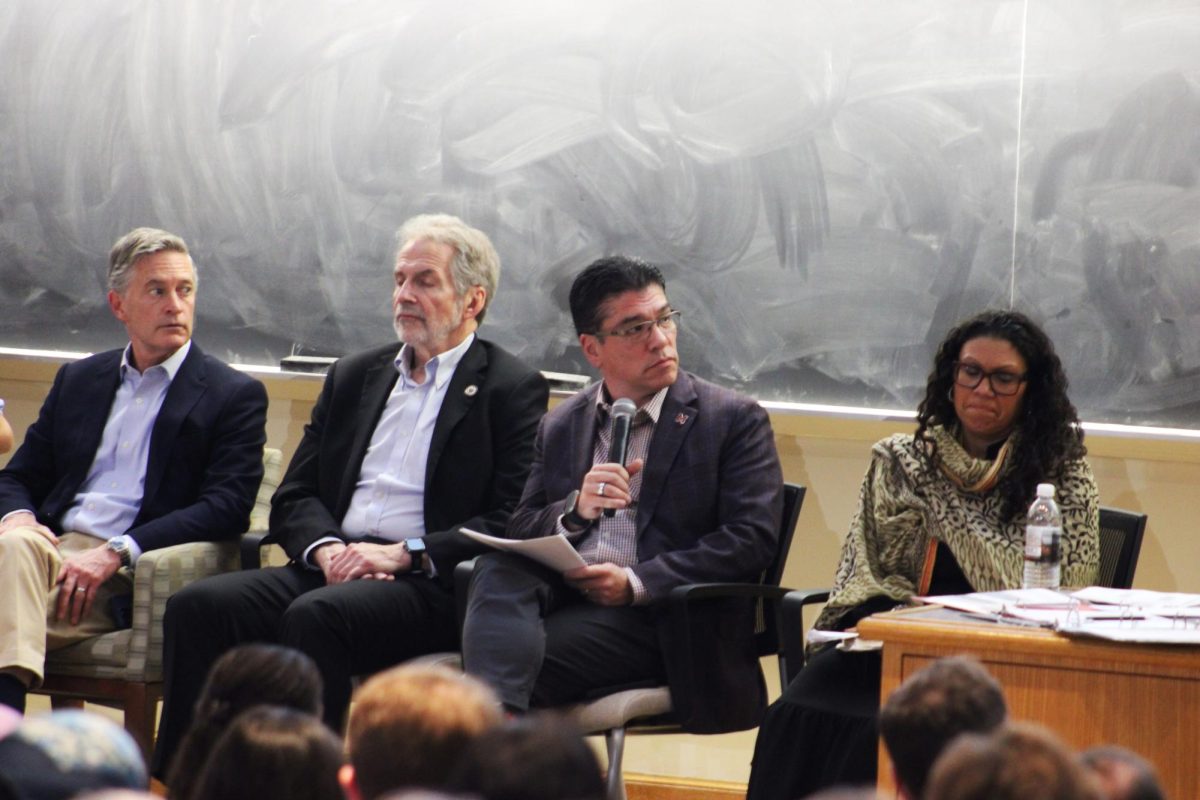

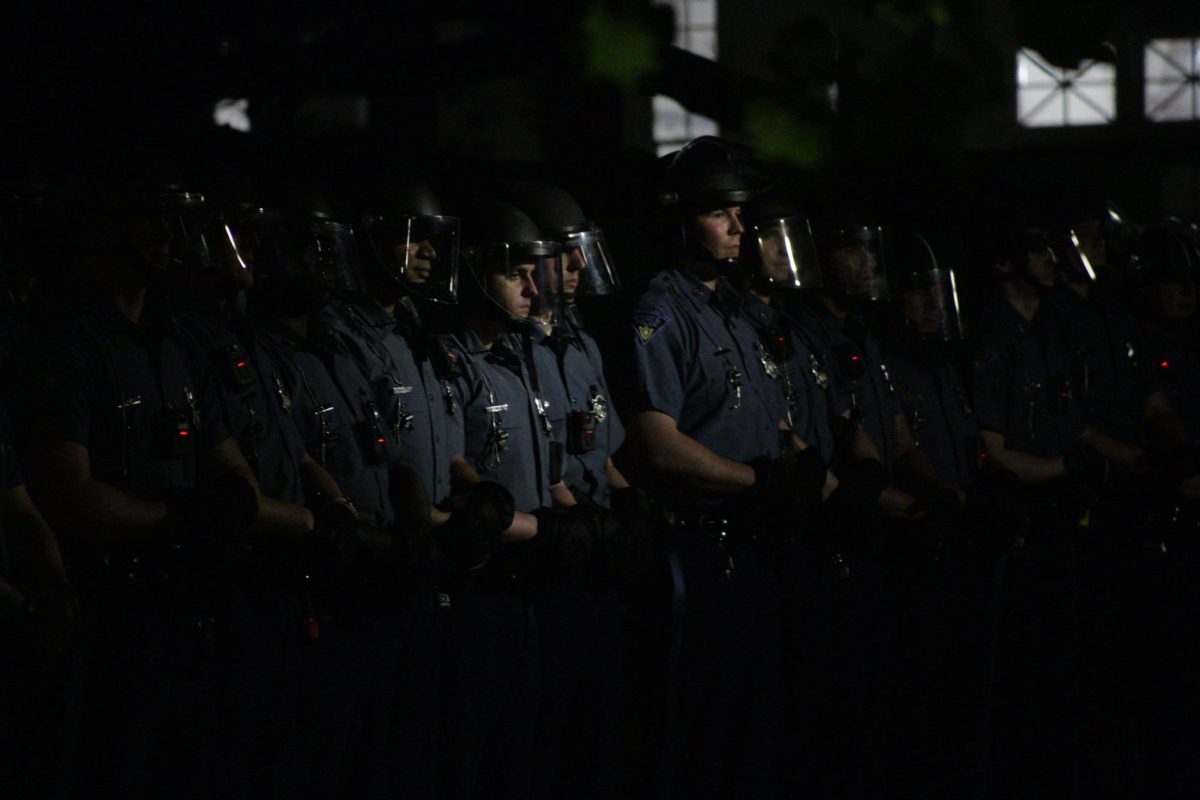
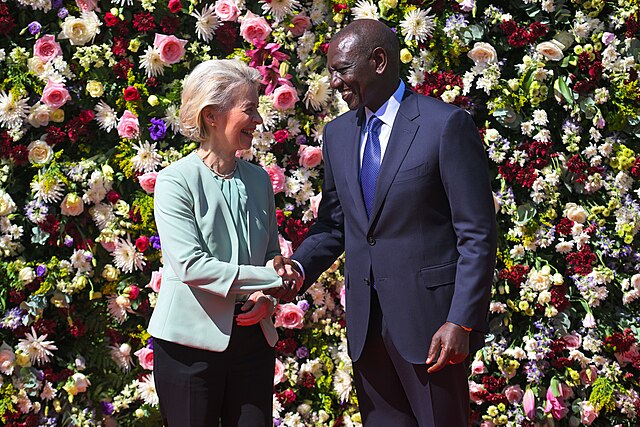


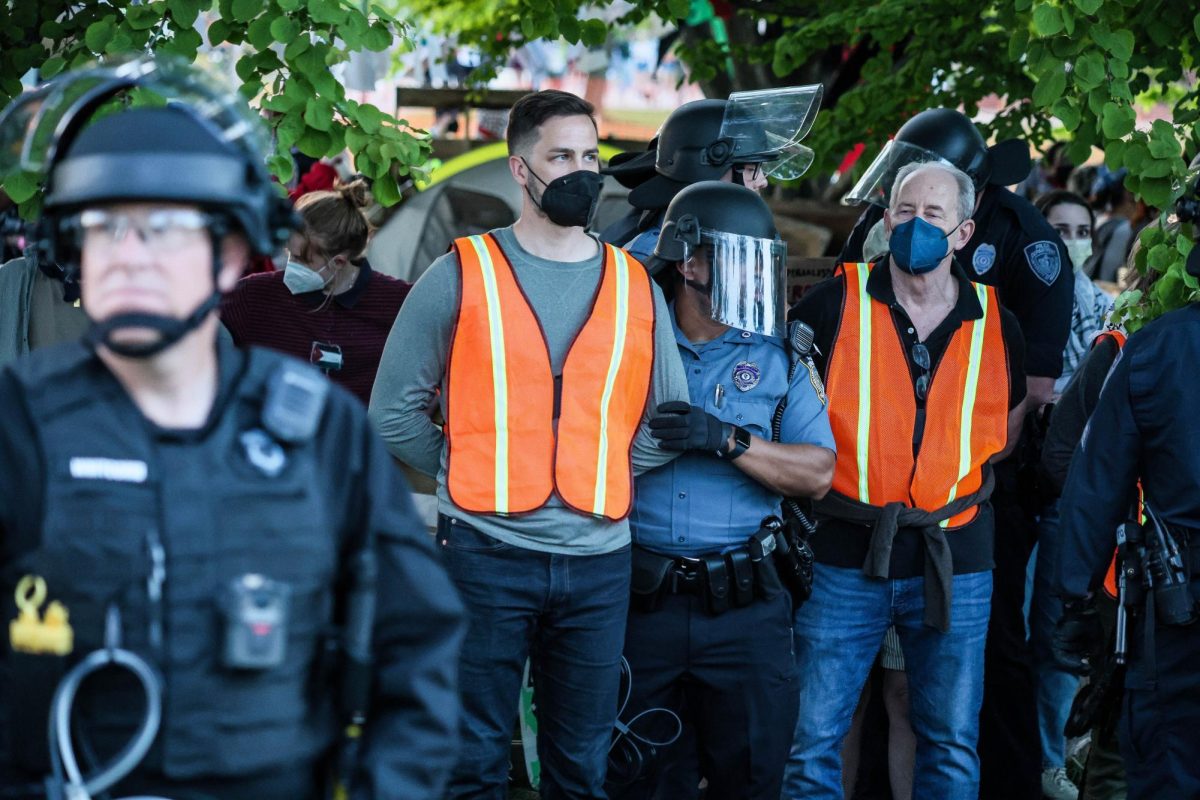

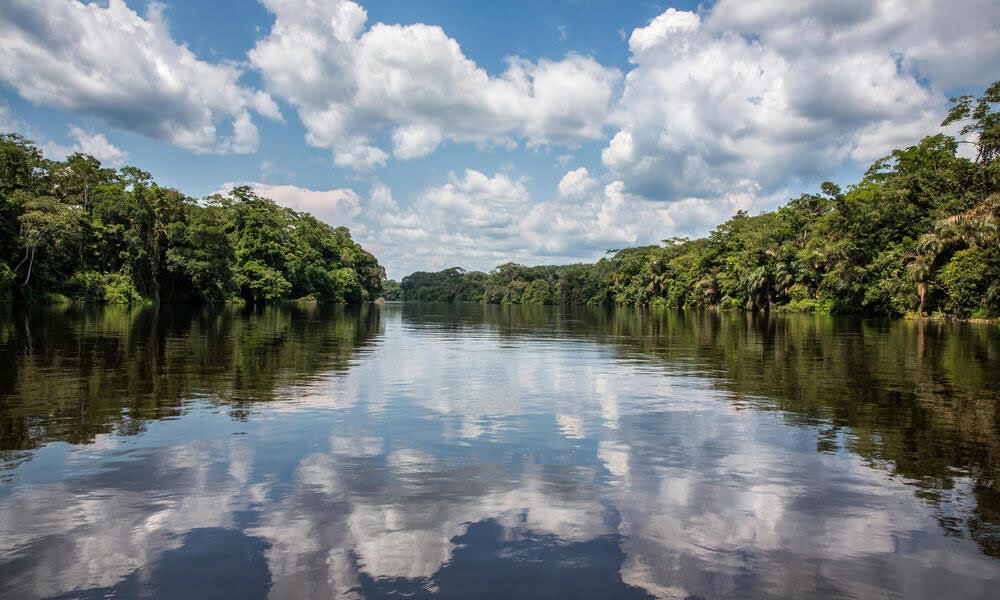

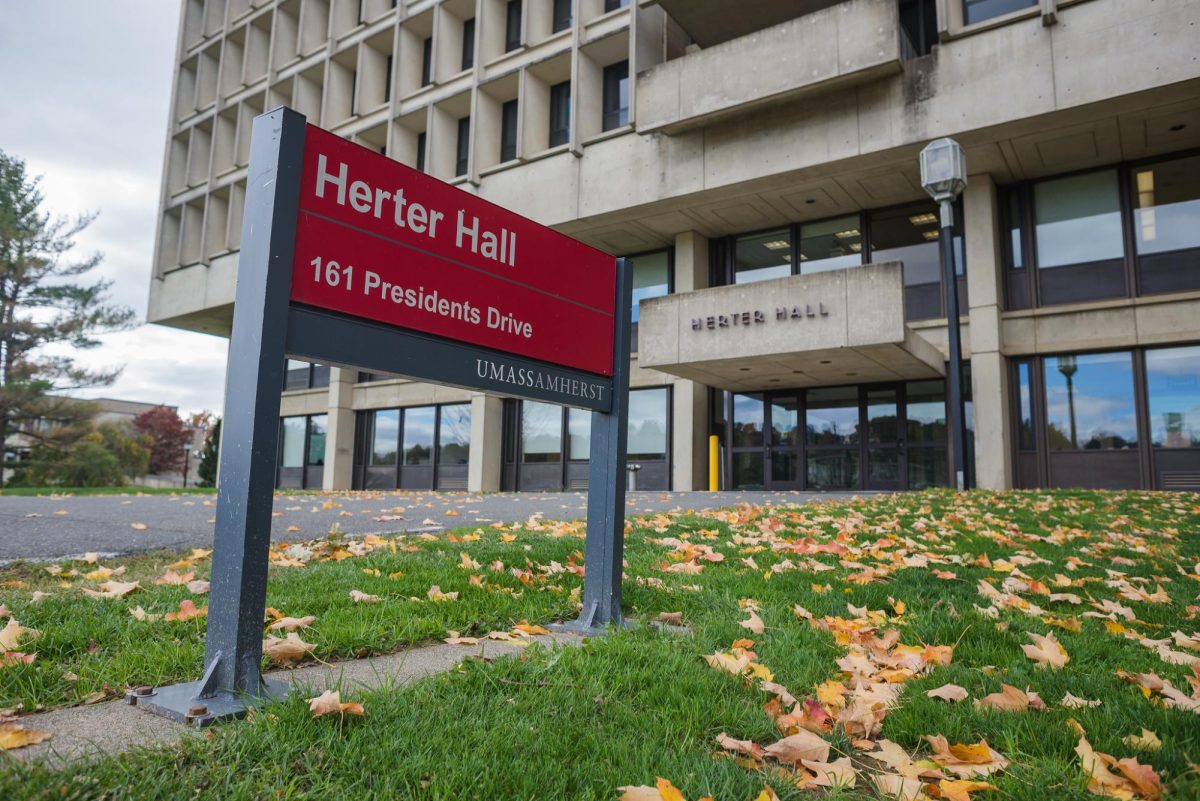


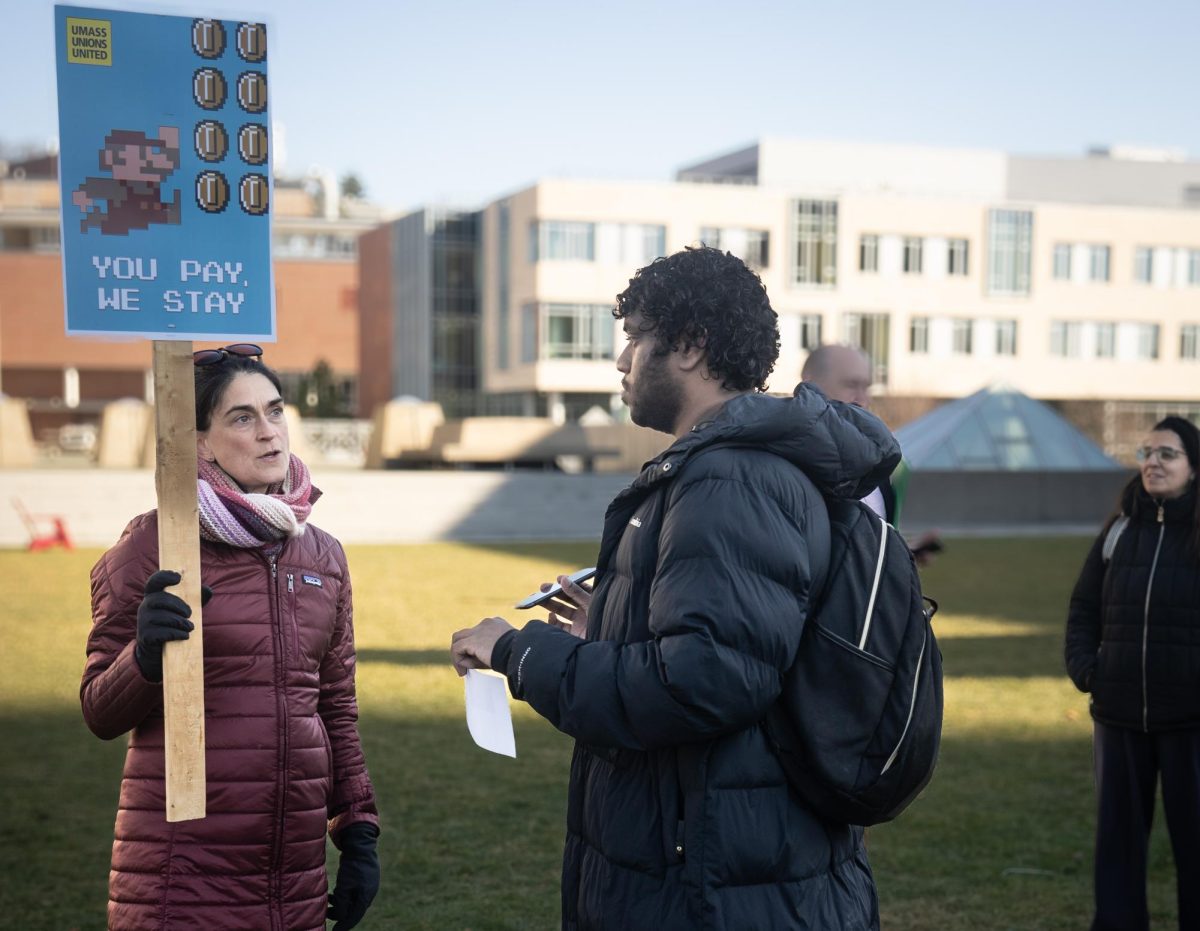
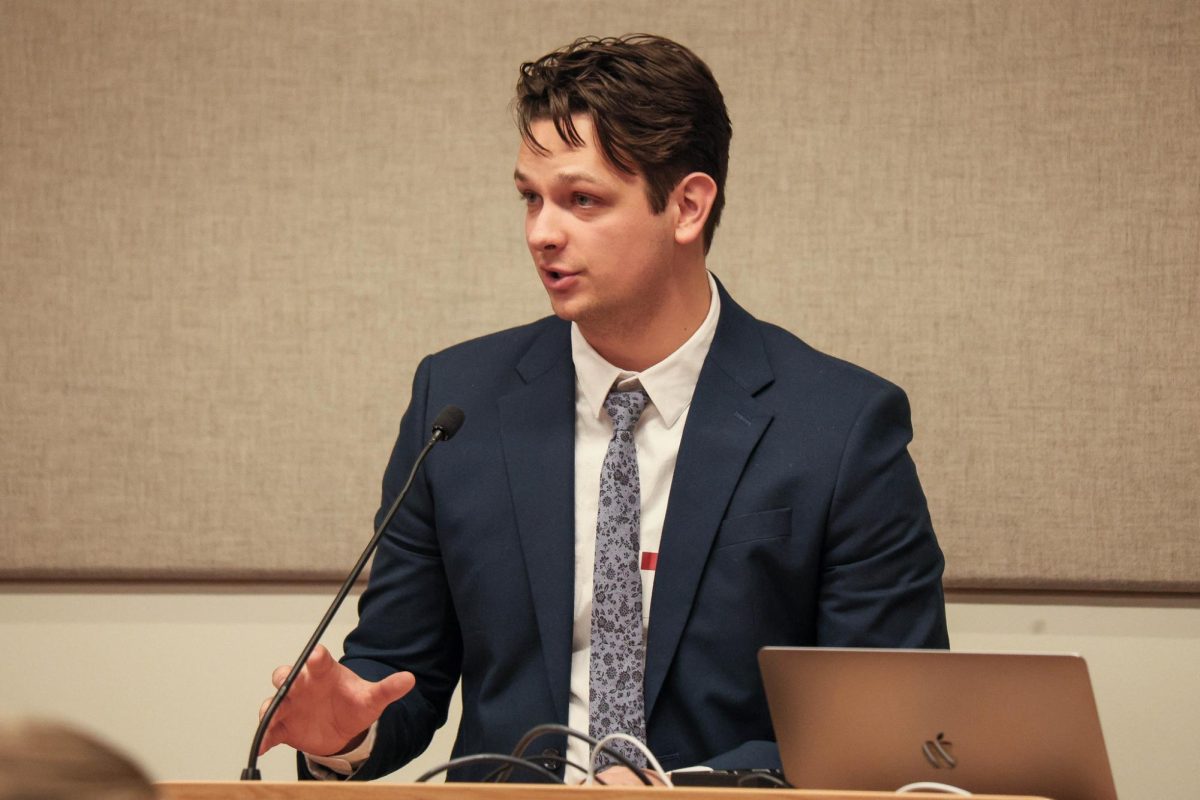

Genghis Khan • Jan 28, 2014 at 6:12 pm
One other thing about Jack’s comment.
He doesn’t argue. He doesn’t contest. He doesn’t cite data. He simply says “You dupes, you’re fooled by BIG OIL” and smugly settles back to bask in the accolades of his fellow Warmists.
So, please inform me of the change, Jack old buddy old pal…. when did concealing data and methods become acceptable in science? When did smearing critics, silencing them, even suing them, become SOP? When did scientific theory and the scientific process change from making predictions and then examining the results, to making predictions and then dismissing any results that differ from what the theory predicts? (E.g., the supposed-to-be-vanished-arctic-ice-but-really-there’s-more-now-than-last-year-by-a-wide-margin.)
(Cue Jeopardy music.) I’m waiting.
And while you’re at it, please tell me about the big money Al Gore is making and why that does not equally disqualify him from being taken seriously – considering how much of a vested financial interest he has in the Warmist side. And while we’re at it, please explain how Hansen – of “Hockey Stick” fame – is less a sinner because he’s made millions off the lecture circuit hawking his theory to eager audiences. Or is it only acceptable to make money when it’s in service of the Left’s cause?
Genghis Khan • Jan 27, 2014 at 5:14 pm
One other thing, Jack. I would suggest you open your mind and read something. For example:
http://www.powerlineblog.com/archives/2014/01/when-did-global-warming-begin.php
** The period the Romans lived in was warmer than it is now. The period the Minoans lived in was even warmer than that. And looking back across ages, the earth warms and cools – all naturally.
http://quadrant.org.au/magazine/2014/01-02/fundamental-uncertainties-climate-change/
** A little humility in detecting a fraction-of-a-degree signal would be the expected thing.
http://www.thegatewaypundit.com/2014/01/brrr-global-warming-strikes-again-us-suffers-coldest-month-of-the-century/
** So, if it’s warmer, it’s our fault. If it’s colder, it’s our fault. If it’s wetter, or drier, or calmer, or stormier… it’s all our fault. One of the hallmarks of a science is that it contains within it the ability to disprove itself – i.e., testable predictions. Tell me, please, if (cur reverb) CLIMATE CHANGE is responsible for colder/warmer/we
http://stevengoddard.wordpress.com/2014/01/19/just-hit-the-noaa-motherlode/
** What does it say when the gatekeepers alter data – JUST COINCIDENTALlY leading to an impression of global warming?
http://www.c3headlines.com/2014/01/us-temps-nasa-1988-global-warming-predictions-noaa-failure-those-stubborn-facts.html
** They made predictions. Testable predictions. Predictions that have not come true. Theory predicts, events disprove… that SHOULD mean the theory is flawed. At least, it should to a rational mind.
Frankly, I don’t think you have the mental capacity to assimilate any information that doesn’t match what you already believe. Prove me wrong. Show you’ve read these.
Genghis Khan • Jan 27, 2014 at 2:09 pm
Jack – still waiting for my check from the Koch Brothers.
I think you’re comment shows just how deep the faith is… and learn something about what the scientific process is. But that would mean being open-minded and considering other alternatives – like looking at climate skeptic websites just to see their arguments.
That “climate scientists” hide data and methods from people looking to check and verify them is, IMHO, proof this is a fraud. NO SCIENTIST WORTH THEIR SALT AS A SCIENTIST hides their data.
Jack Wolf • Jan 26, 2014 at 2:52 pm
I think the earlier commenters show how deep the denial is in America – industrial and fossil fuel money at work. They have been successful in preventing any action that would have allowed you a reasonable chance of life, liberty and the pursuit of happiness. Now, the effects may be catastrophic.
I would suggest you start sticking up for yourselves and become much more active, or that college degree won’t mean a thing. Nature always bats last, and bats a thousand.
Genghis Khan • Jan 21, 2014 at 1:16 pm
@Sean T: Very simple. It’s about CONTROL.
When you have to (cue reverb) SAVE THE PLANET that means lots of central control, which is what the Left loves (e.g., off-topic joke: Q: Why do Leftists like “gun control” so much? A: It has the word “control”.).
If nature dominates (i.e., the sun, now going into sleep mode – with temperatures dropping – almost as if the sun’s output might have a dominant effect, go figure!) then there’s no opportunity to centralize power and seize control.
A UN official recently let the cat out of the bag, saying that “only Communism” can defeat climate change.
Aha.
Genghis Khan • Jan 21, 2014 at 9:19 am
It would be helpful if Ms. Correira actually grasped the scientific process.
First, a scientific theory has to make predictions. If X(i) conditions are met, the theory is true. The Holy Writ, er, models claim a continuing curve upward. For almost 20 years now that hasn’t happened. Sorry, Jillian, but observed data trumps theory. (One of the most notable things about evolution is that it does make predictions; e.g., Darwin saw a family of flowers being pollenated by moths with very long tongues. He saw one flower, extremely long, and observed that there MUST BE a moth with a tongue long enough for the flower. Sure enough, such a moth was found.) Contrast the prior example of evolution with the climate models. DATA TRUMPS THEORY.
Second, a scientific theory has to be falsifiable. That’s the beauty of the marketing change from “global warming” to “climate change”. If it’s warmer/colder/wetter/drier/calmer/stormier it’s ALL considered proof of (cue reverberations) CLOBAL CLIMATE CHANGE. Apparently the only way that it won’t be GLOBAL CLIMATE CHANGE is if temperatures and weather across the planet repeat to the degree and inch of rain, every single year.
Third, scientists share data and methods. When questioned about their data and methods, today’s “climate scientists” hide data, deny access to data, delete emails, and conspire to get skeptics smeared and fired. Scientists speak of uncovering the truth, not working for THE CAUSE, as the revealed emails show. And they don’t, absolutely don’t, falsify data.
Fourth, scientists welcome criticism. After “EUREKA!” the most celebrated phrase a scientist – as opposed to a Warmist Priest – says is “Wow, I never thought of that – thanks!” How are scientists who debate and discuss and don’t toe the line treated? As heretics, with calls for banishment.
Fifth, science is not consensus. Science is evidence. There was “consensus” that ulcers were caused by stomach acid, absolute, strict consensus. The guy who said it could be a bacteria was poo-pooed as a crank. Until H. Pilori was discovered. Scientists have a sense of humility and ALWAYS admit they could be wrong, or that there’s something they might have missed. People like Hansen, who has pocketed MILLIONS,
The historical data are there. The earth was warmer when the Romans were around than it is now. Must have been all those SUVs Roman around Europe. It was warmer still during the Minoan period; must have been the Atlantean coal plants.
Perhaps Ms. Correira might benefit from having an open mind and reading what some of the opponents of GLOBAL CLIMATE CHANGE have to say rather than dismissing their arguments a priori. If she had an open mind, she might actually learn that they’re not wild-eyed knuckle-dragging apes receiving massive payoffs from the oil industry (Koch Brothers, Koch Brothers, eeeeeek!) but instead people who actually value the scientific process, and put their evidence, data, and arguments out there for others to look at, see, and critique.
http://wattsupwiththat.com/
There’s a good place to start. If one has an open mind, that is.
Sean T • Jan 21, 2014 at 6:02 am
I find myself dissappointed that still the pejorative term ‘denier’ is still used to describe an opinion that the model describing the anthropogenic contribution to climate change is not yet accurate. Being sceptical as to the accuracy of the state of current science on a matter does not mean that a person is denying the existence of the obvious. To start with, climate change is everpresent and has been since the earth formed an atmosphere. To misrepresent scepticism over the accuracy of mathematical modelling of a process as the denial of the existence of the process is slanderous.
It is this and the reliance on terms such as ‘global warming’ to describe ‘climate change’. If the correct terminology had been promulgated in the first case then we would not have a lot of this argumentative pro and anti global warming lobbying going on ; instead we would have the ability to uncontroversially examine the climate change process and progressively refine its accuracy without having to call those who insist on accurate scientific methodology referred to as unbelievers and deniers as though this were a religious argument being played out in the middle ages. The true sceptic looks to continually improve and refine the accuracy of the scientific description of the process of climate change and robustly tests each iteration.
This will lead in time to the accurate definition of the contribution of humankind (anthopogenic) to climate change.
As to science by comittee; –
I would point out that when einstein formulated special relativity (now accepted wisdom) he was the only person in the world who was correct. It was treated sceptically and refined and proven to be a much more rigorous model of the physical universe than had previously been able to be made.
As an analyst with significant climate modelling experience I look forward to the improvement in climate science to the stage where we can accurately and reliably define the level of anthropogenic impact. In the interim I will look to challenge the science where I see it as being weak, because without that it will not improve to the stage where it is really useful. If it is weak the risk of negative unintended consequences resulting from any actions based on it increases.
Why, I ask, is this responsible and positive attitude likened in the media to a sin.